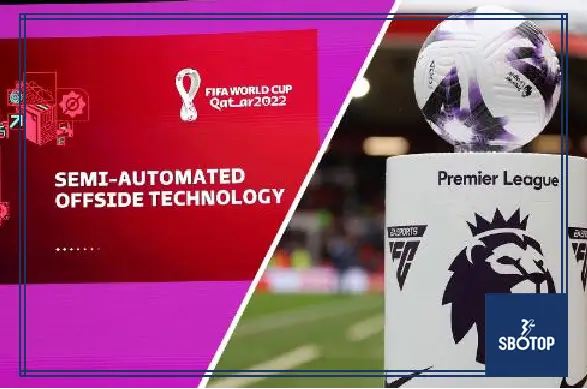The much-anticipated introduction of Semi-Automated Offside Technology (SAOT) in the Premier League, originally slated for October, faces further delays and may not be launched until next year. Despite being approved by clubs in April 2024, the implementation of the new technology has experienced setbacks, raising questions about when fans and teams will finally see it in action.
Delayed Implementation Timeline
The introduction of SAOT was expected to transform the way offsides are judged in the Premier League, aiming to minimize human error and increase accuracy. Initially, October 2024 had been identified as the likely launch date, following one of the international windows. However, that date is now certain to pass without the technology being fully operational. Sources indicate that mid-November is also unlikely, pushing the potential launch into the winter months or even 2025.
Fans, coaches, and players have been eager for improvements in offside rulings, given the contentious nature of many decisions under the current Video Assistant Referee (VAR) system. However, given the complexity of the technology and the need for rigorous testing, the Premier League appears to be taking a cautious approach to ensure SAOT works seamlessly once introduced.
Purpose of Semi-Automated Offside Technology
SAOT is designed to reduce the margin for error in offside decisions by providing faster and more accurate calls. The technology uses a system of cameras and sensors to track players’ movements and the ball, generating precise data on player positions. When an offside situation occurs, the system can instantly calculate whether a player was in an offside position at the moment the ball was played.
This data is then communicated to the VAR team, significantly speeding up the decision-making process compared to the current method, which involves manually drawing lines on screens to determine player positions. In theory, SAOT should provide a more consistent and transparent approach to offside rulings, reducing the number of controversial decisions and improving the overall fairness of the game.
Challenges Leading to the Delay
Despite the promise of SAOT, its implementation in the Premier League has proven more challenging than anticipated. One of the primary reasons for the delay is the need for extensive testing. Introducing a new technology of this scale requires ensuring that it works perfectly in live match conditions, where numerous variables can complicate the process.
Kaveh Solhekol, a chief reporter covering the Premier League, highlighted the significance of the delay, saying: “A really interesting thing that came out of the [Premier League] meeting was about semi-automated offside technology (SAOT).” Solhekol’s comments underline the complexity of rolling out such technology across all Premier League venues, which differ in terms of layout, camera placement, and infrastructure.
Another key challenge is the training required for officials to effectively use SAOT. While the system is automated to a significant extent, referees and VAR officials still need to interpret the data and understand how the technology integrates with their existing responsibilities. Ensuring that officials are fully trained and confident in using SAOT will take time, contributing to the overall delay.
Reactions from Clubs and Fans
There are concerns that the Premier League’s delayed adoption of SAOT could create frustration among fans and players, particularly if offside controversies continue to arise during the interim period. Recent high-profile offside decisions that have swung the outcome of matches have already led to calls for a faster introduction of more precise technology.
On the other hand, some pundits have expressed caution, urging the Premier League to take its time to get the technology right. Sky Sports analyst Gary Neville noted that while SAOT offers substantial benefits, rushing the rollout could lead to unforeseen problems, similar to the initial struggles experienced with VAR when it was first introduced.
Also Read:








